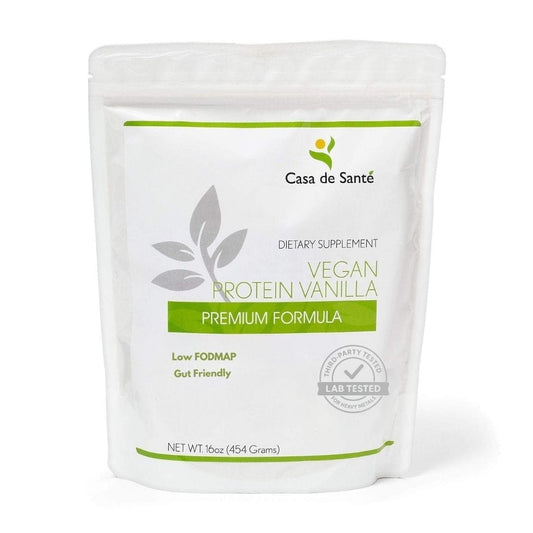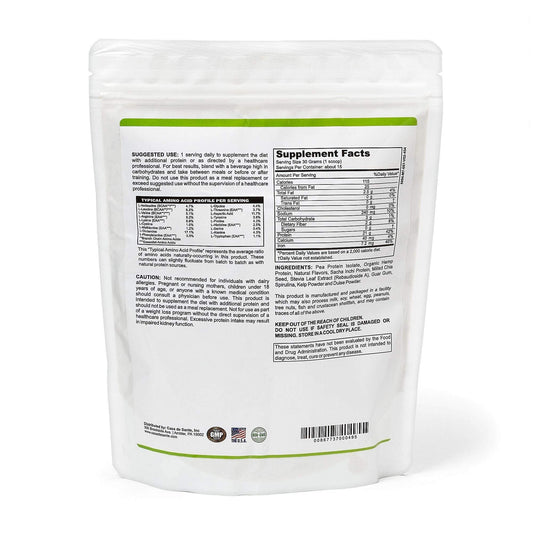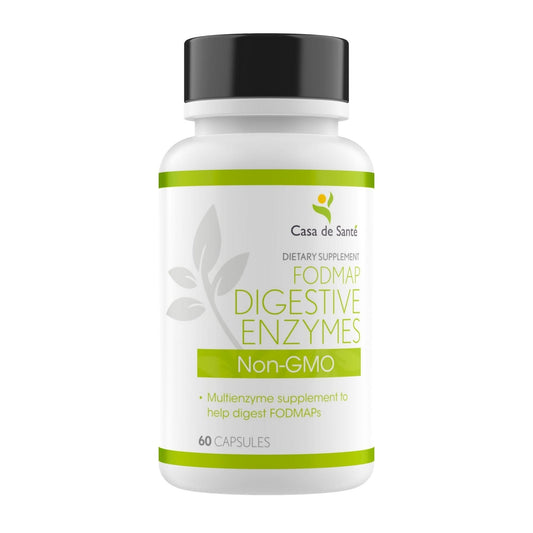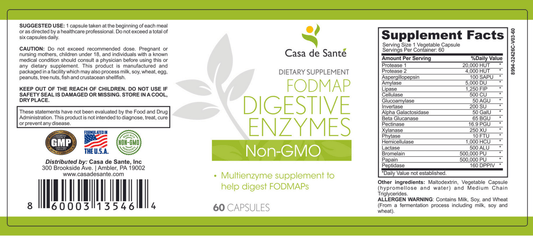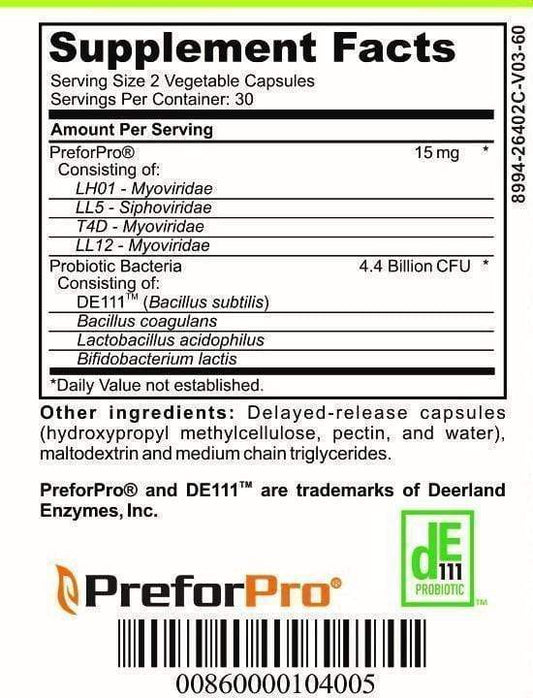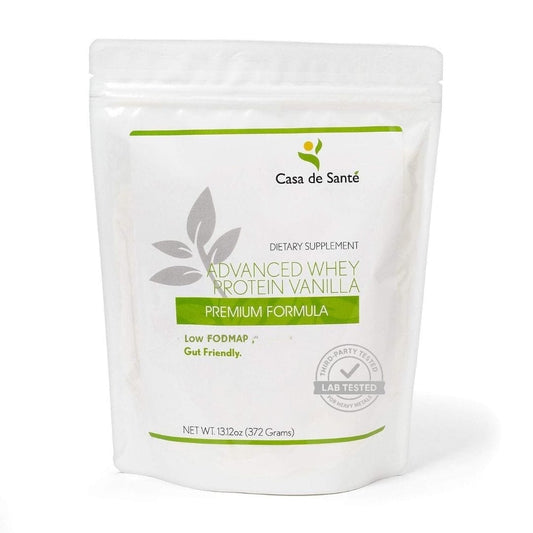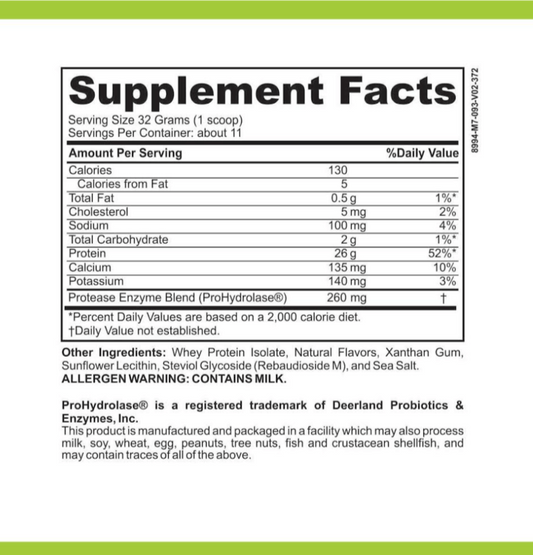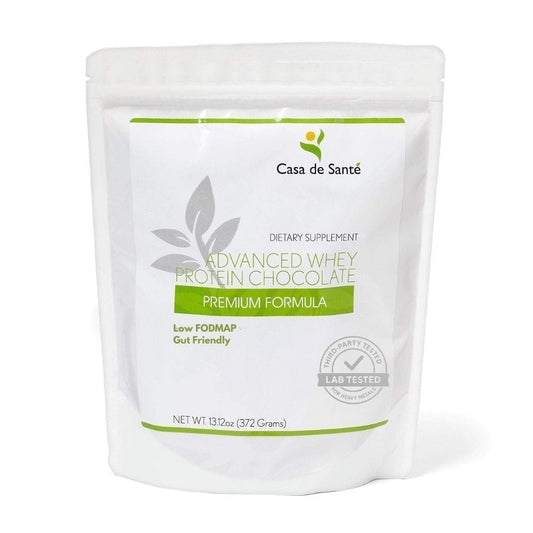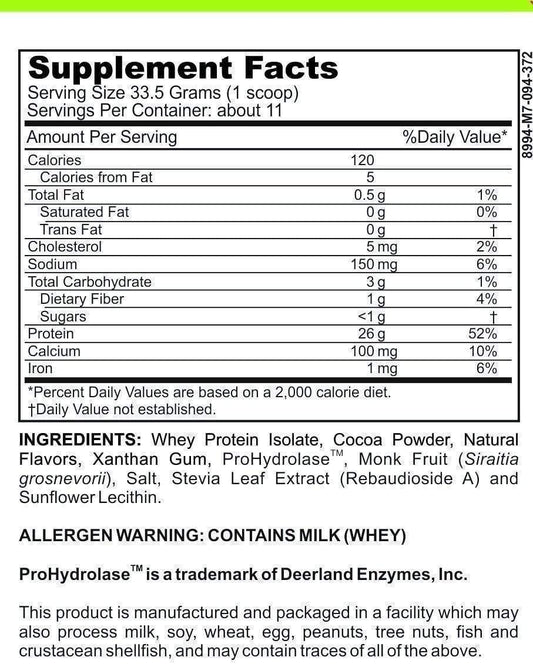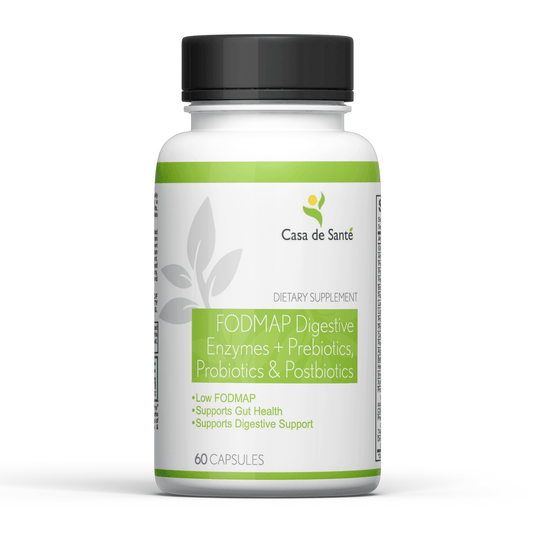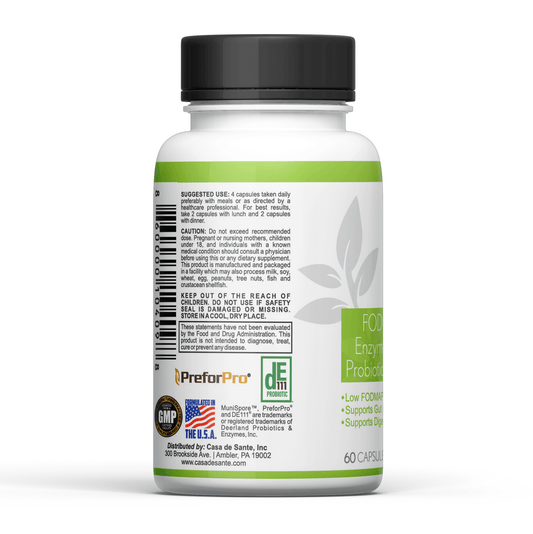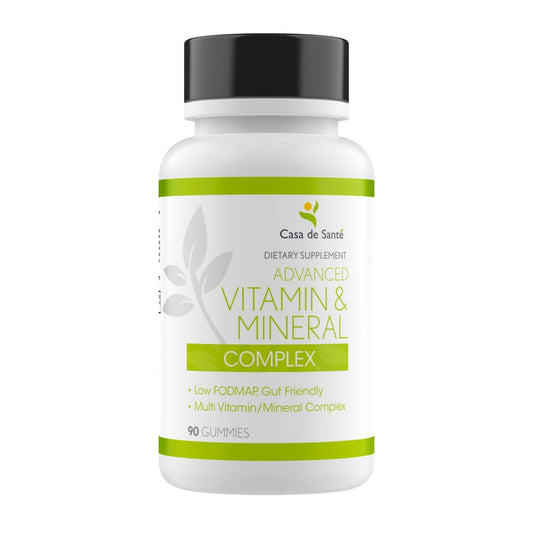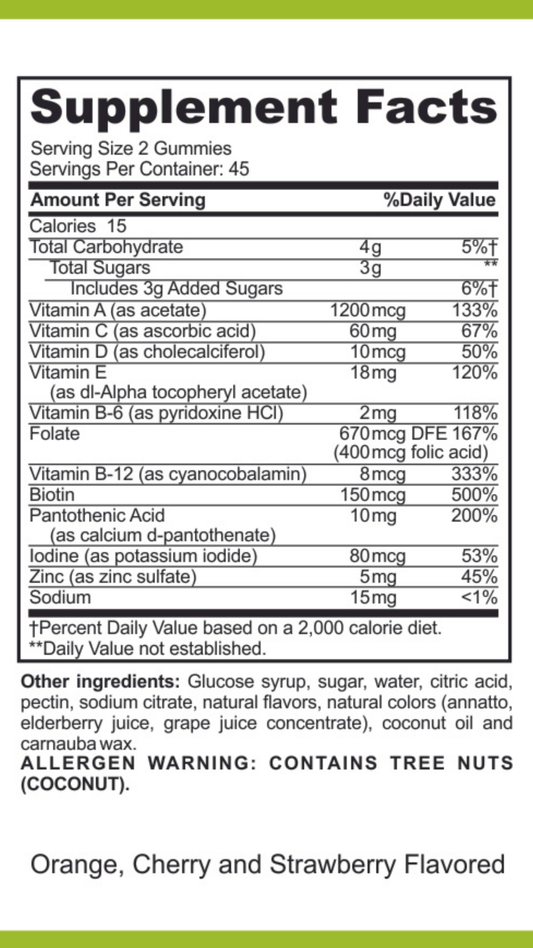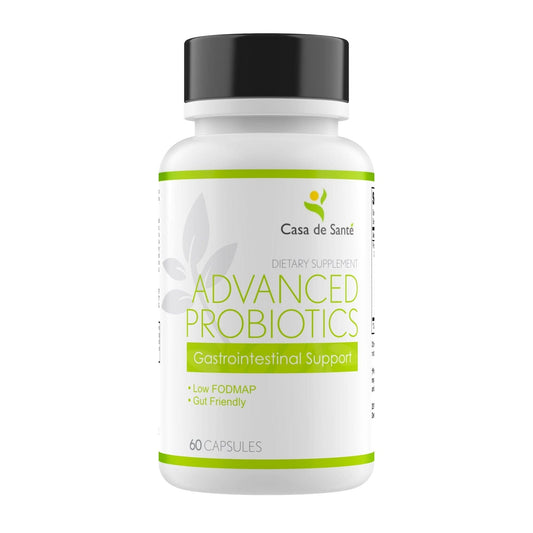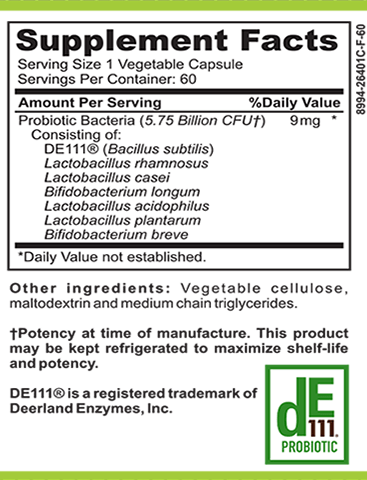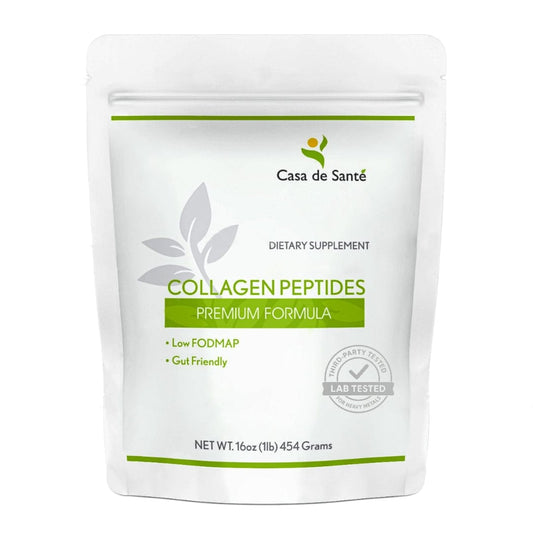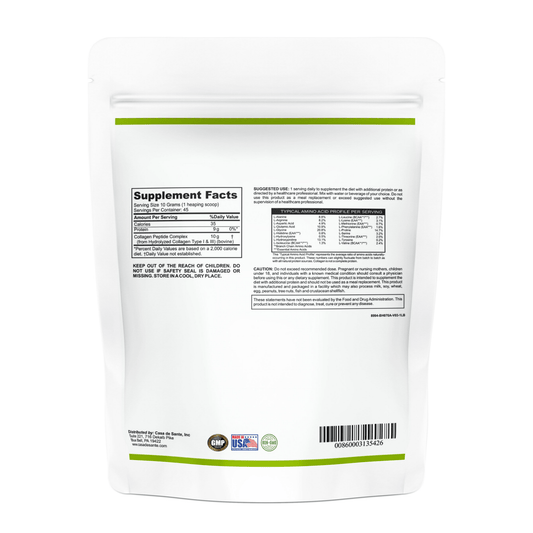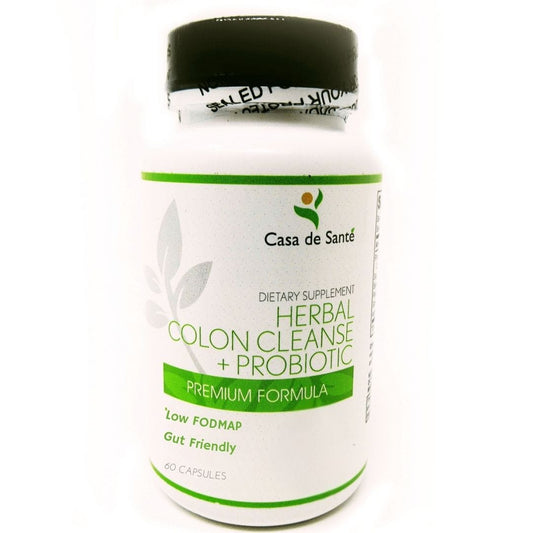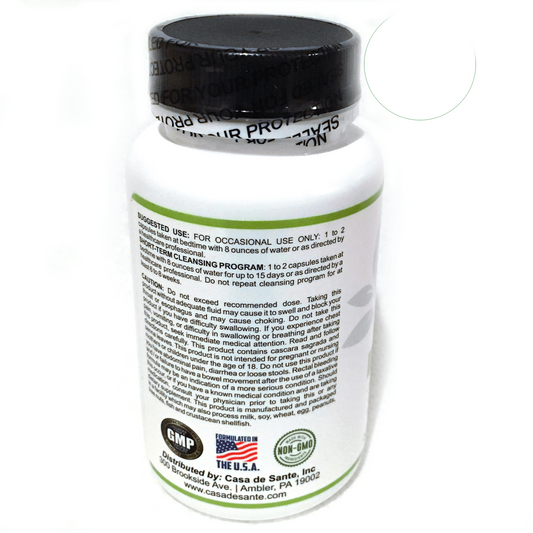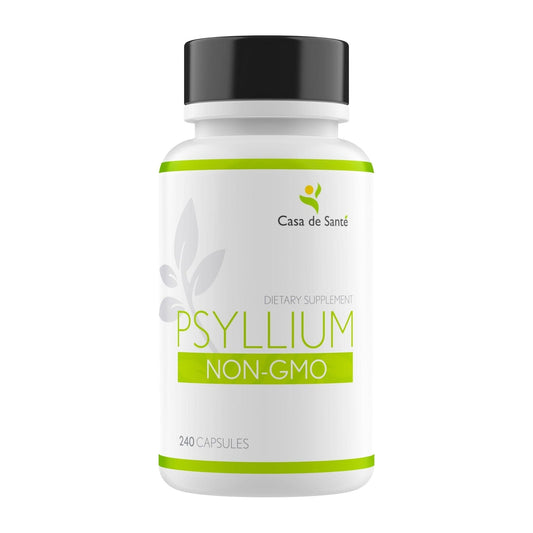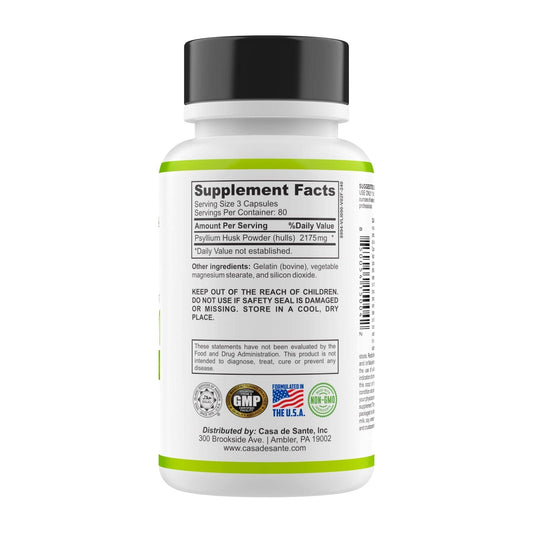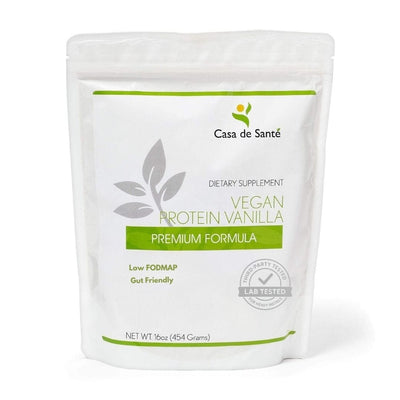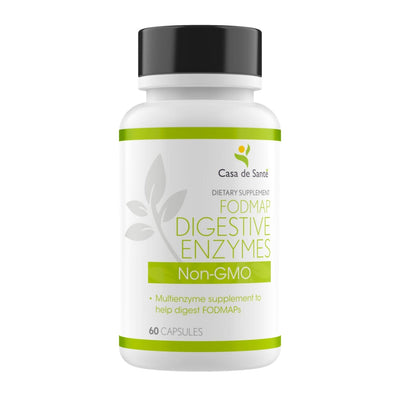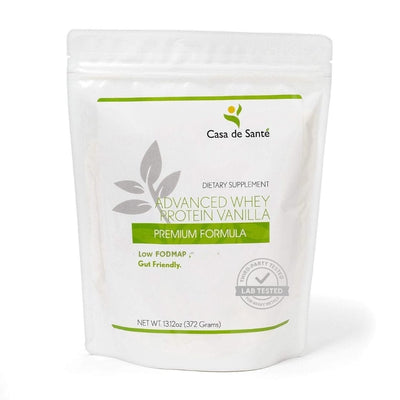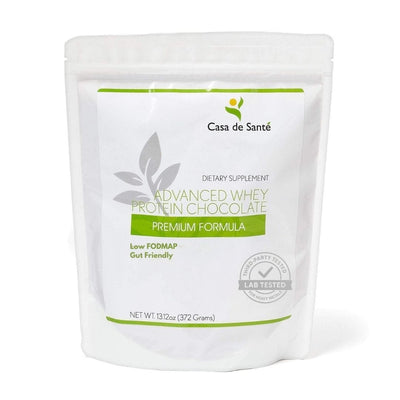Understanding The Impact of Dehydration in POTS Patients: Key Insights and Management Strategies
Dehydration can have a significant impact on patients with Postural Orthostatic Tachycardia Syndrome (POTS). This condition affects the autonomic nervous system, leading to symptoms like dizziness and fatigue when standing. For those living with POTS, staying hydrated is not just a suggestion; it's a vital part of managing their health. In this article, we will explore how dehydration affects POTS patients, the importance of hydration, and effective strategies for managing this condition.
Key Takeaways
- Hydration is critical for POTS patients to prevent symptoms like dizziness and fatigue.
- Electrolyte balance is essential; consider using electrolyte solutions to maintain proper levels.
- Recognizing signs of dehydration early can help in managing POTS symptoms effectively.
- Lifestyle changes such as diet, exercise, and stress management can greatly improve quality of life for POTS patients.
- Environmental factors like temperature and humidity can worsen symptoms, so it's important to manage these triggers.
The Importance of Hydration in POTS Management
For those of us dealing with POTS, staying properly hydrated isn't just a good idea—it's absolutely essential. It's like the foundation of managing our symptoms. When our blood volume dips, POTS symptoms can go wild, making it super important to keep our fluid levels up. Think of it as constantly refilling a leaky bucket; you've got to stay on top of it.
Understanding Fluid Requirements
Okay, so how much water are we actually talking about? It's not a one-size-fits-all kind of thing. Factors like your weight, activity level, and even the weather play a big role. A good starting point is aiming for at least 2-3 liters of fluid a day, but you might need more, especially if you're active or it's hot outside. Listen to your body; if you're thirsty, drink! And don't just chug water; sip it throughout the day to keep your levels steady. Consider using electrolyte solutions to maintain optimal hydration and electrolyte balance.
Electrolyte Balance and Its Role
It's not just about water, though. Electrolytes—sodium, potassium, magnesium—are key players here. They help your body hold onto that water and keep everything running smoothly. When you're dehydrated, you lose electrolytes, which can make POTS symptoms even worse.
- Sodium helps maintain blood volume.
- Potassium is important for muscle function.
- Magnesium can help with energy levels.
Think of electrolytes as the gatekeepers of hydration. They make sure the water you drink actually gets where it needs to go and stays there. Without them, it's like trying to fill a pool with holes in the bottom.
Signs of Dehydration to Watch For
Knowing the signs of dehydration is half the battle. Don't wait until you're feeling awful to realize you need fluids. Keep an eye out for these common symptoms:
- Increased heart rate
- Dizziness or lightheadedness
- Headaches
- Fatigue
- Dark urine
If you start noticing any of these, it's time to up your fluid intake. Catching dehydration early can make a huge difference in managing your POTS symptoms.
Lifestyle Modifications for POTS Patients

Living with POTS often means making some changes to your daily habits. It's not always easy, but these adjustments can really make a difference in managing your symptoms and improving your overall quality of life. Think of it as fine-tuning your routine to better support your body's needs.
Dietary Considerations
What you eat can have a big impact on how you feel with POTS. Focusing on a balanced diet is key. Some people find that eating small, frequent meals helps keep their blood sugar steady, which can reduce fatigue. It's also important to make sure you're getting enough fluids and salt, as these help maintain blood volume. Consider these points:
- Increase your salt intake. This helps your body retain water.
- Eat smaller, more frequent meals to avoid blood sugar spikes.
- Stay away from processed foods, which can worsen symptoms.
Exercise and Physical Activity
Exercise can be tough with POTS, but it's also one of the most effective ways to improve your symptoms in the long run. The trick is to start slow and focus on exercises that don't require you to be upright for long periods. Think swimming, rowing, or using a recumbent bike. Over time, you can gradually increase the intensity and duration of your workouts. A structured exercise program can be very helpful.
- Start with recumbent exercises like swimming or rowing.
- Gradually increase intensity and duration.
- Work with a physical therapist to develop a safe and effective plan.
Stress Management Techniques
Stress can really mess with POTS symptoms, so finding ways to manage stress is super important. There are lots of different techniques you can try, like meditation, deep breathing exercises, or yoga. The goal is to find something that helps you relax and calm your nervous system. Even just a few minutes of stress reduction each day can make a difference. Consider incorporating these into your routine:
- Practice meditation or mindfulness.
- Try deep breathing exercises.
- Engage in relaxing activities like reading or listening to music.
Making these lifestyle changes can feel overwhelming at first, but remember to take it one step at a time. Be patient with yourself, and celebrate small victories along the way. With time and consistency, you can find a routine that works for you and helps you live a fuller, more active life with POTS.
Environmental Factors Affecting POTS Symptoms
Temperature Sensitivity
Temperature changes can really mess with POTS. Sudden shifts, especially extreme heat, can cause blood vessels to dilate, leading to low blood pressure and that awful dizzy feeling. Cold weather isn't much better; it constricts blood vessels, which can also trigger symptoms. I've found that keeping an eye on the forecast and planning my day accordingly makes a big difference. For example, I try to avoid going out during the hottest part of the day in summer.
Indoor Air Quality
Indoor air quality is something I never really thought about until my POTS symptoms got worse. Things like dust, mold, and even certain cleaning products can act as triggers. I invested in a good air purifier, and it's helped a lot. Also, I try to open windows when the weather allows to get some fresh air circulating. It's a small change, but it makes a difference. You can also manage cold weather by keeping your house at a stable temperature.
Sun Exposure and Heat
Sun exposure and heat are major triggers for me. It's not just the temperature, but also the direct sunlight that seems to make my symptoms flare up.
Here are a few things I've learned to do:
- Wear a wide-brimmed hat when I'm outside.
- Use sunscreen, even on cloudy days.
- Carry a portable fan to help keep cool.
Staying hydrated is also super important. I always bring a water bottle with me and try to sip on it throughout the day. It's a constant battle, but being prepared makes it a little easier.
Recognizing the Symptoms of Dehydration
It's super important to know when you're getting dehydrated, especially if you're dealing with POTS. Sometimes it's obvious, but other times it can sneak up on you. Being able to spot the signs early can make a big difference in how you feel and prevent things from getting worse.
Common Symptoms in POTS Patients
Dehydration can really mess with POTS symptoms, making them way more intense. Here's what to look out for:
- Increased heart rate: Your heart might start racing even when you're just sitting around.
- Dizziness and lightheadedness: This is a classic one, especially when you stand up.
- Fatigue: Feeling super tired, even after you've rested.
- Headaches: These can range from mild to really pounding.
- Brain fog: Trouble concentrating or remembering things.
It's easy to dismiss these symptoms as "just POTS," but paying attention to whether they're getting worse can be a clue that you're dehydrated. Keeping a symptom diary can be helpful to track these changes.
Differentiating Between POTS and Dehydration
Okay, so a lot of POTS symptoms overlap with dehydration symptoms. How do you tell the difference? Well, think about what you've been doing. Have you been sweating a lot? Have you been drinking enough? Dehydration tends to make POTS symptoms worse, so that's a big clue. Also, dehydration often comes on faster than a typical POTS flare-up.
Here's a simple way to think about it:
| Symptom | POTS (Typical) | Dehydration (Exacerbated POTS) |
|---|---|---|
| Heart Rate | Elevated | Significantly Elevated |
| Dizziness | Present | More Intense |
| Fatigue | Present | More Severe |
| Thirst | Not Always | Usually Present |
| Urine Color | Normal | Dark Yellow |
When to Seek Medical Attention
Sometimes, you can manage dehydration at home. But there are times when you need to see a doctor. If you're experiencing any of these, it's time to get help:
- Severe dizziness or fainting: If you're passing out, that's a big red flag.
- Confusion or disorientation: Not knowing where you are or what's going on.
- Rapid heart rate that doesn't improve with fluids: If your heart is still racing even after you've had plenty to drink.
- Inability to keep fluids down: If you're vomiting and can't stay hydrated.
- Decreased urination: Not peeing as much as usual. This can be a sign of prolonged sleep and dehydration.
Don't wait until things get really bad. It's always better to be safe than sorry. If you're unsure, call your doctor or go to an urgent care clinic. They can check you out and make sure you get the fluids you need.
Effective Management Strategies for Dehydration

Dehydration can really mess with POTS symptoms, so getting a handle on it is super important. It's not just about chugging water; it's about doing it the right way and keeping your electrolytes in check. Here's what I've learned about staying hydrated and feeling better.
Hydration Techniques and Tips
- Sip throughout the day: Don't wait until you're super thirsty to start drinking. Keep a water bottle with you and take small sips regularly. It's way easier on your system than gulping down a ton of water at once.
- Track your intake: Use an app or just a notebook to keep track of how much you're drinking. It helps you see if you're actually meeting your daily goals.
- Eat hydrating foods: Watermelon, cucumbers, and other fruits and veggies can contribute to your fluid intake. Plus, they're good for you!
Using Electrolyte Solutions
Electrolytes are key, especially if you're sweating a lot or feeling dizzy. Water alone sometimes isn't enough.
- Choose the right solution: Look for electrolyte drinks that are low in sugar and have a good balance of sodium, potassium, and magnesium. Some brands are specifically designed for people with POTS.
- DIY electrolyte drink: You can make your own by mixing water with a pinch of salt, a squeeze of lemon, and a little bit of honey. It's cheaper and you control the ingredients.
- Timing is everything: Drink electrolyte solutions before, during, and after activities that make you sweat. This helps replace what you lose and keeps your levels stable.
Creating a Daily Hydration Plan
Having a plan makes it way easier to stay on track. Here's how I set mine up:
- Calculate your needs: Talk to your doctor about how much fluid you should be drinking each day. It varies depending on your weight, activity level, and other factors.
- Set reminders: Use your phone or a timer to remind you to drink water throughout the day. It sounds silly, but it works!
- Adjust as needed: Pay attention to how you feel and adjust your plan accordingly. If you're feeling extra thirsty or your symptoms are worse, drink more. If you are retaining too much fluid, talk to your doctor.
Staying hydrated with POTS is a constant balancing act. It's about finding what works for you and sticking with it. Don't be afraid to experiment and adjust your plan as needed. And always, always listen to your body.
The Role of Medical Interventions in POTS
Pharmacological Treatments
Currently, there aren't any FDA-approved treatments specifically for POTS, which means doctors often use medications off-label. This means the drugs are approved for other conditions but are used to manage POTS symptoms. The choice of medication really depends on what's causing the POTS and what symptoms a person is experiencing. It's a good idea to have a solid talk with your doctor about the possible risks and benefits before starting anything.
Some medications that target vascular tone, like midodrine, can be helpful. Also, some people with autoimmune-associated POTS might find relief with IVIG or subcutaneous immunoglobulin.
Non-Pharmacological Approaches
Non-drug treatments are often the first line of defense. These include things like exercise, increasing salt and fluid intake, and ditching any medications that might be making POTS worse. Exercise routines should start with activities that don't require you to be upright, like swimming or rowing. Physical maneuvers such as leg crossing may improve acute symptom onset. Compression stockings can also help reduce blood pooling in the legs.
Breathing exercises can also be a useful way to manage symptoms. For some, just increasing their fluid and salt intake can make a big difference. It's all about finding what works best for you.
Monitoring and Adjusting Treatment Plans
Finding the right treatment for POTS can be a bit of a journey. Because POTS can show up in so many different ways and can be linked to other health issues, what works for one person might not work for another. It often takes some trial and error to figure out the best approach. Doctors need to keep a close eye on how well a treatment is working and be ready to tweak things as needed. This might mean changing medications, adjusting dosages, or adding in new therapies. Regular check-ups and open communication with your healthcare team are key to pediatric POTS management.
Patient Education and Support Resources
Finding Reliable Information
It can be tough figuring out what's real and what's not when you're looking for health info online. For POTS, stick to reputable sources like the Dysautonomia International website or the National Institute of Neurological Disorders and Stroke. These places usually have the most up-to-date and accurate stuff. Don't just believe everything you read on random forums or blogs. Always double-check with your doctor, too. They know your specific situation best.
Support Groups and Community Resources
Dealing with POTS can feel isolating, but you're definitely not alone. Support groups can be a real lifeline. It's a place where you can connect with others who get what you're going through. You can share tips, vent frustrations, and just feel understood. Check out online forums or ask your doctor about local groups. Sometimes, just knowing someone else has the same struggles makes a huge difference. There are also resources for lifestyle modification after PCI that can be helpful.
Working with Healthcare Providers
Having a good doctor who understands POTS is super important. But it's also about you being an active part of your care. Keep track of your symptoms, write down questions before appointments, and don't be afraid to speak up if something doesn't feel right. It's a partnership. The more you communicate with your healthcare team, the better they can help you manage your POTS.
It's easy to feel overwhelmed when you're first diagnosed with POTS. Take things one step at a time. Focus on learning as much as you can from reliable sources, connecting with others who understand, and working closely with your healthcare team. You've got this!
Wrapping Up: Managing Dehydration in POTS
In conclusion, dealing with dehydration is a big deal for folks with POTS. Staying hydrated can really help ease symptoms and improve daily life. It’s not just about drinking water; adding electrolytes can make a difference too. Remember, everyone’s journey with POTS is unique, so what works for one person might not work for another. It’s all about finding what helps you feel better. Don’t hesitate to reach out for support and explore different strategies. With the right approach, you can manage your symptoms and enjoy a better quality of life.
Frequently Asked Questions
What is POTS?
POTS stands for Postural Orthostatic Tachycardia Syndrome. It's a condition that affects how blood flows in your body when you stand up.
Why is hydration important for POTS patients?
Staying hydrated helps POTS patients manage their symptoms. Proper hydration can improve blood flow and reduce dizziness and fatigue.
What are some signs of dehydration to look out for?
Common signs of dehydration include feeling very thirsty, dry mouth, fatigue, and dark-colored urine.
How can I improve my hydration?
You can improve your hydration by drinking plenty of water throughout the day and using electrolyte drinks to maintain balance.
What lifestyle changes can help manage POTS symptoms?
Eating a balanced diet, exercising regularly, managing stress, and getting enough sleep can all help manage POTS symptoms.
When should I see a doctor about my POTS symptoms?
You should see a doctor if you notice severe symptoms, like fainting, extreme fatigue, or if your symptoms worsen significantly.

